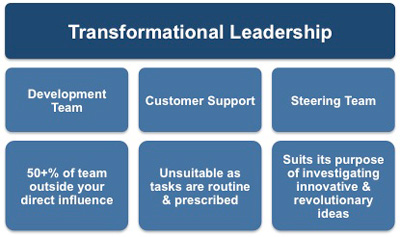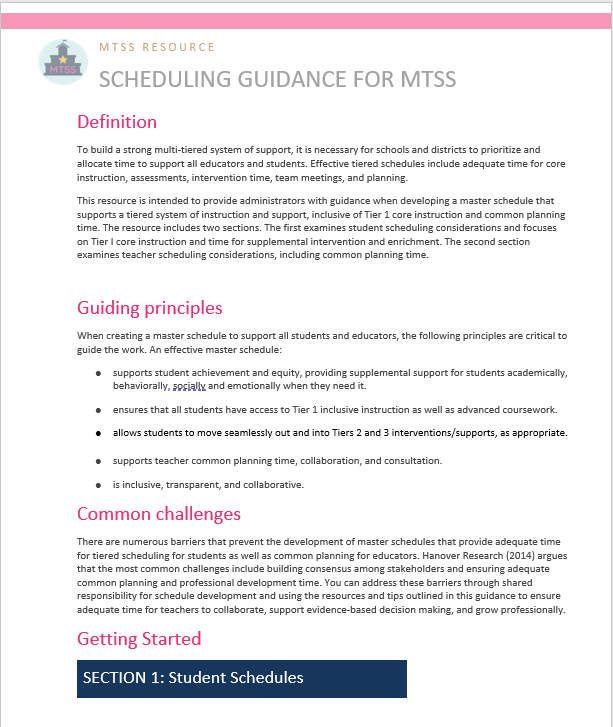Supportive leadership is a leadership style that prioritizes the well-being and development of team members. This type of leadership focuses on creating a positive and inclusive work environment, where team members feel valued, supported, and motivated to perform at their best.
Supportive leaders understand that their team members are the foundation of their organization and that their success is directly linked to the well-being and satisfaction of their team. As such, they make it a priority to provide ongoing support and guidance to their team members, helping them to develop their skills and achieve their goals.
One of the key characteristics of supportive leadership is the emphasis on open and honest communication. Supportive leaders encourage their team members to speak up, share their ideas, and express their concerns. They create a safe and trusting environment where team members feel comfortable seeking help and feedback.
Another key aspect of supportive leadership is the focus on building strong relationships with team members. Supportive leaders make an effort to get to know their team members on a personal level, showing genuine interest in their lives and career aspirations. They build trust by being approachable and responsive, and by showing empathy and understanding when team members face challenges.
Supportive leaders also set clear expectations and provide ongoing support and resources to help team members meet those expectations. They provide regular feedback and coaching, helping team members to identify areas for improvement and providing the support they need to grow and develop.
In addition to supporting their team members, supportive leaders also model the behaviors and values they expect from their team. They lead by example, demonstrating integrity, honesty, and respect in all their interactions.
Overall, supportive leadership is a powerful and effective leadership style that helps to create a positive and supportive work environment, leading to increased productivity, satisfaction, and retention among team members.





